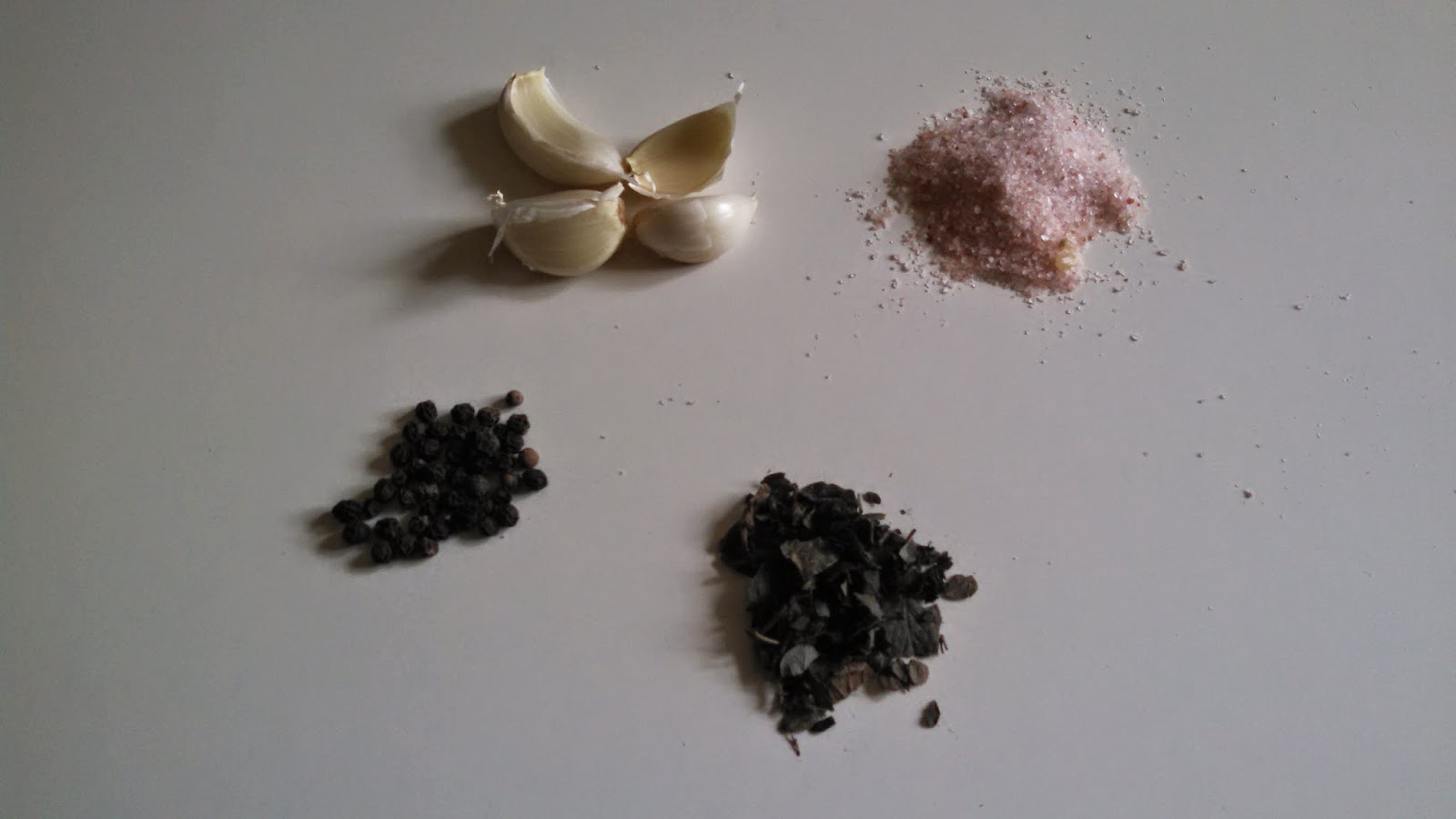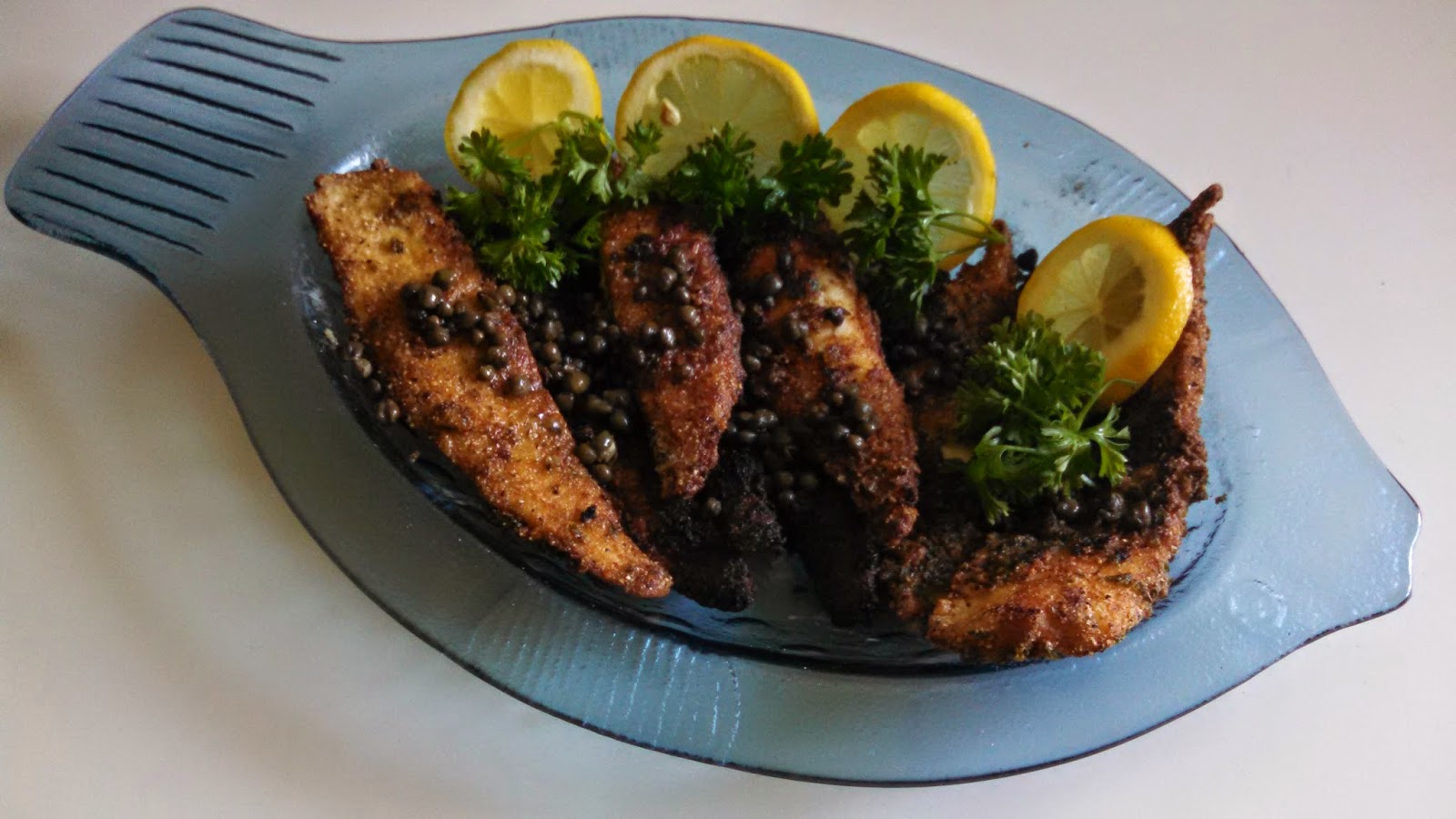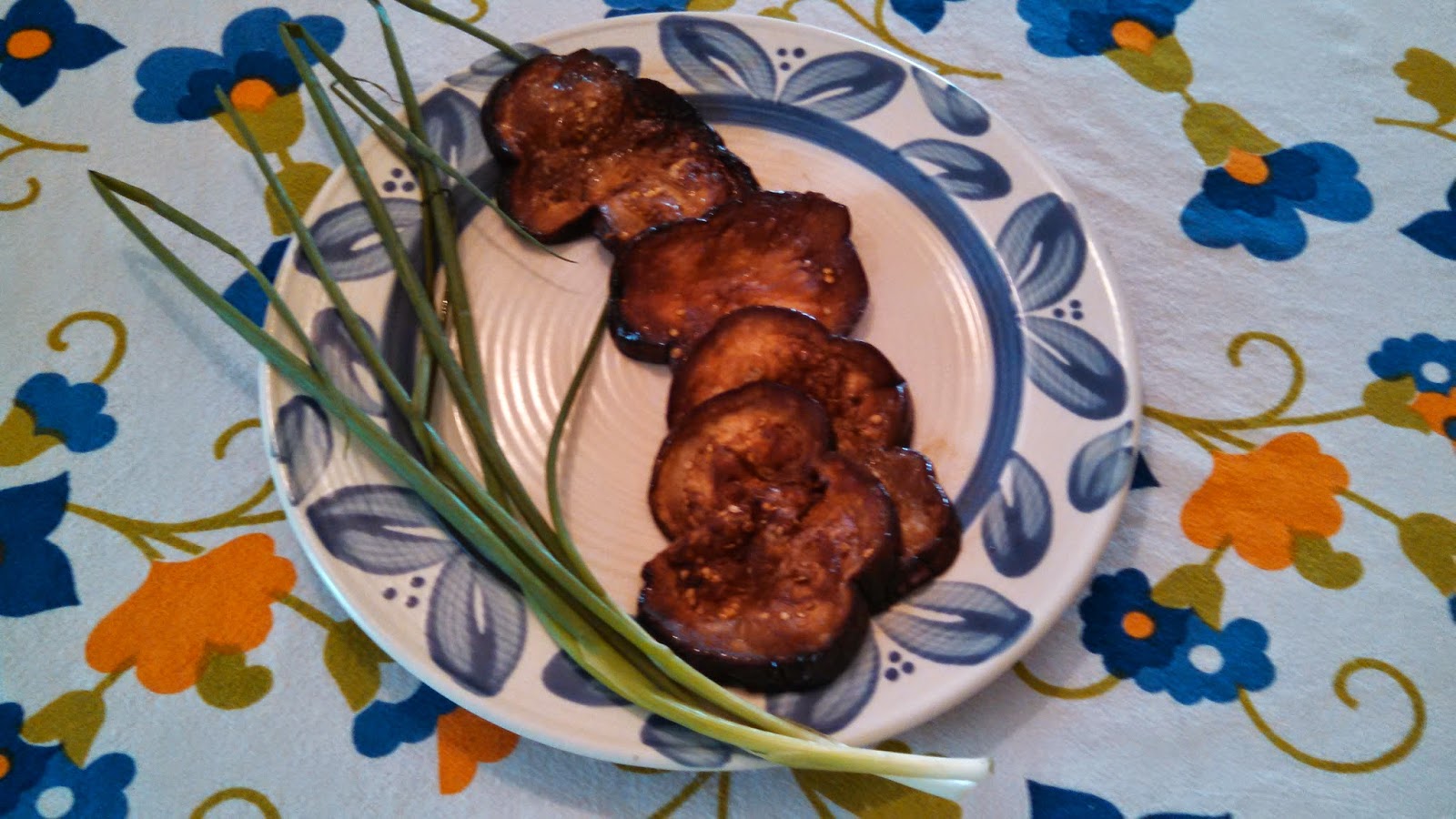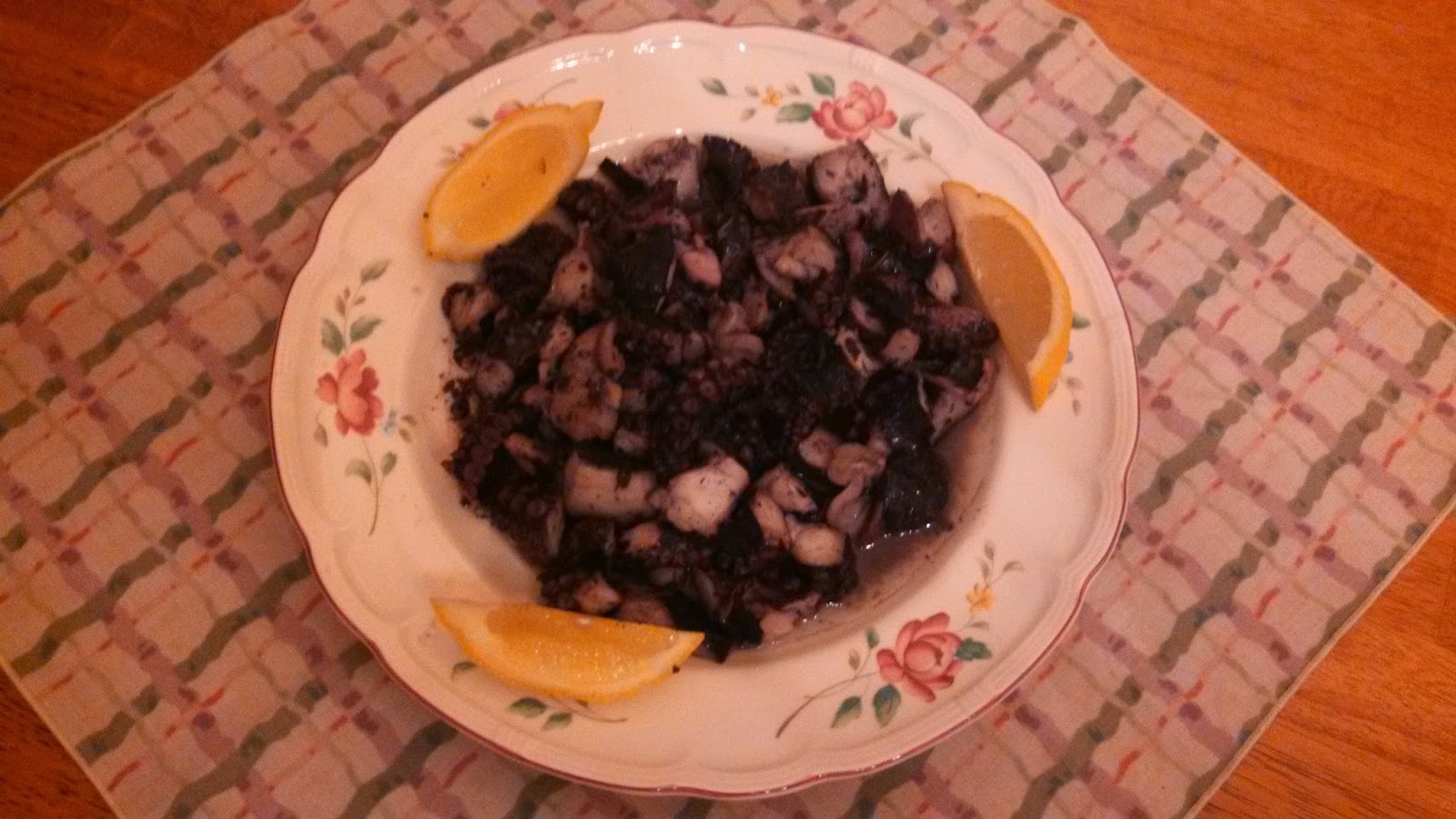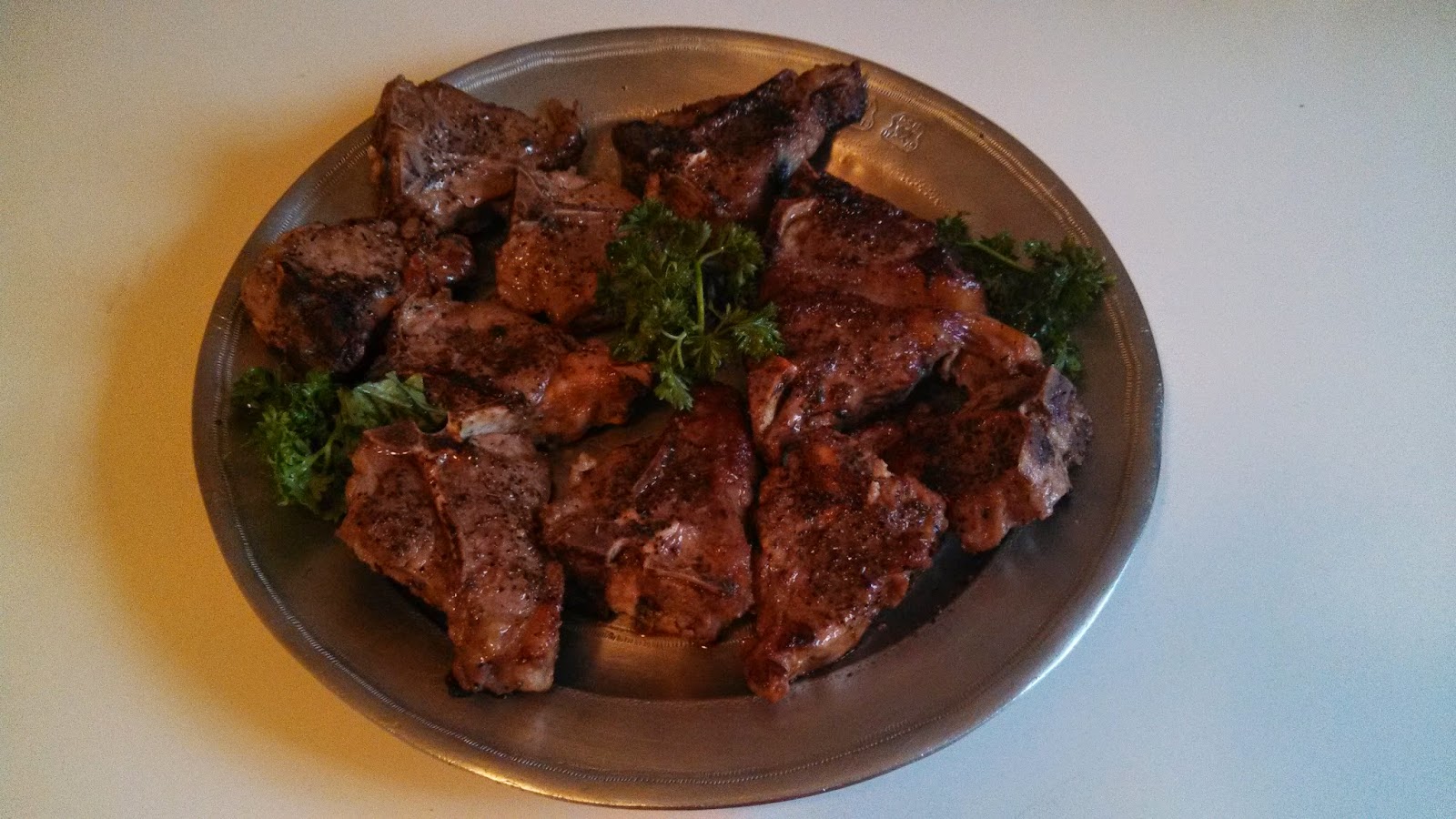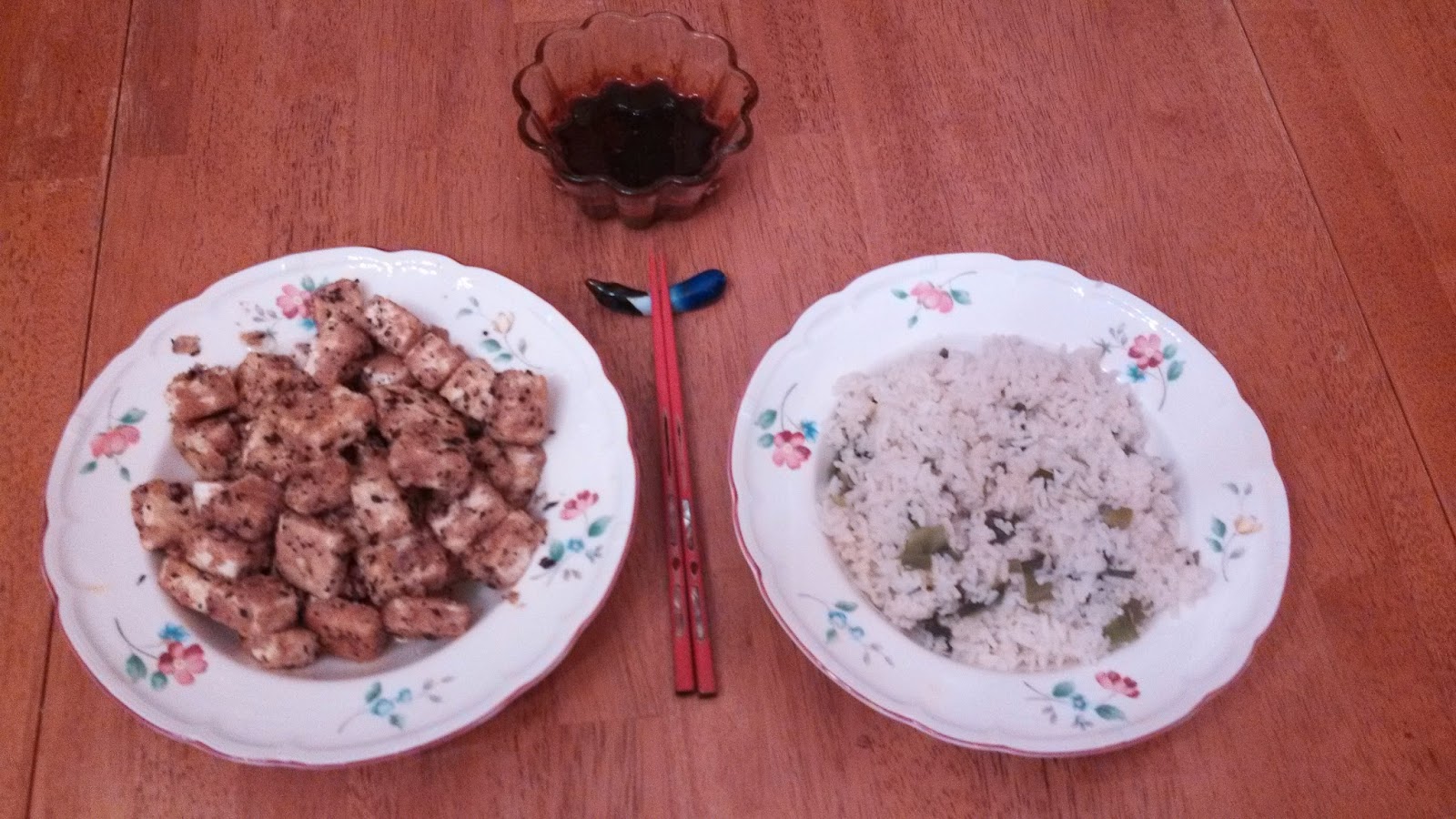Adobo, along with sofrito and achiote, is a magic word to those of us whose forbears hail from the Caribbean. It is an indispensable item in our cuisine. At its basic it’s simply a mix of black peppercorns, oregano and garlic. In the old days these ingredients were crushed in a mortar and the mix was rubbed thoroughly into meat, fish or poultry. That’s still the way it’s done by purists (and yours truly). Back on the block, most people just sprinkled the meat with ground pepper, ground garlic, dried oregano and, sometimes, onion powder, then marinated it in olive oil and vinegar. Others, like my Uncle Phillip, preferred fresh lime juice to the vinegar. And there were no strict guidelines. We all did it by eye measurement and repetition.
Since then, I’ve discovered that adobo is not solely a Puerto Rican or Caribbean thing. In the town of Puebla, in Mexico’s central range, they have a version of adobo that is a paste of ancho chiles, garlic, peppercorns and cumin seeds. And they normally use it when cooking pork. This is interesting, since in some Puerto Rican versions of adobo , they may also add cumin seeds. In my family we didn’t add cumin seeds. We just kep it to the basics.
When I was growing up in Spanish Harlem, no one knew about adobo outside my neighborhood. It was well known in the Dominican enclaves on upper Broadway, but that’s as far as it went. As adobo was popularized by assorted gourmands and gourmets, it was, like all else, commercialized. So that today you can find it in a jar in any store. It’s convenient but, if you want the real thing (and not just something with chemicals and preservatives), you can make your own adobo quickly and efficiently. And it’s far more tasty and healthy than the store-bought stuff. The recipe given below is the one we’ve been using in my family for generations. You can go the traditional method and use a mortar and pestle to grind the ingredients, or not. Also note that the ingredients can be doubled or tripled, if you want more. Just store the remainder in an air-tight container away from heat and light or in the fridge.
ADOBO
1/2 teaspoon freshly ground pepper or 8 whole peppercorns, crushed
1/4 teaspoon salt
1/2 teaspoon garlic powder or three cloves garlic, peeled and crushed
1/2 teaspoon dried or fresh oregano
1/4 teaspoon onion powder (optional)
If using fresh peppercorns and garlic, just combine with other ingredients and crush in a mortar. If not, just combine all ingredients in a bowl. Another variation is to heat the salt and peppercorns in a dry skillet on medium heat until the spices are lightly toasted (about 3 minutes). Then combine with the other ingredients and grind in a blender or spice mill. Some say this renders a more fragrant adobo. In the Rivera family we just mix the ingredients and forego the frying part. Your choice; and enjoy!
